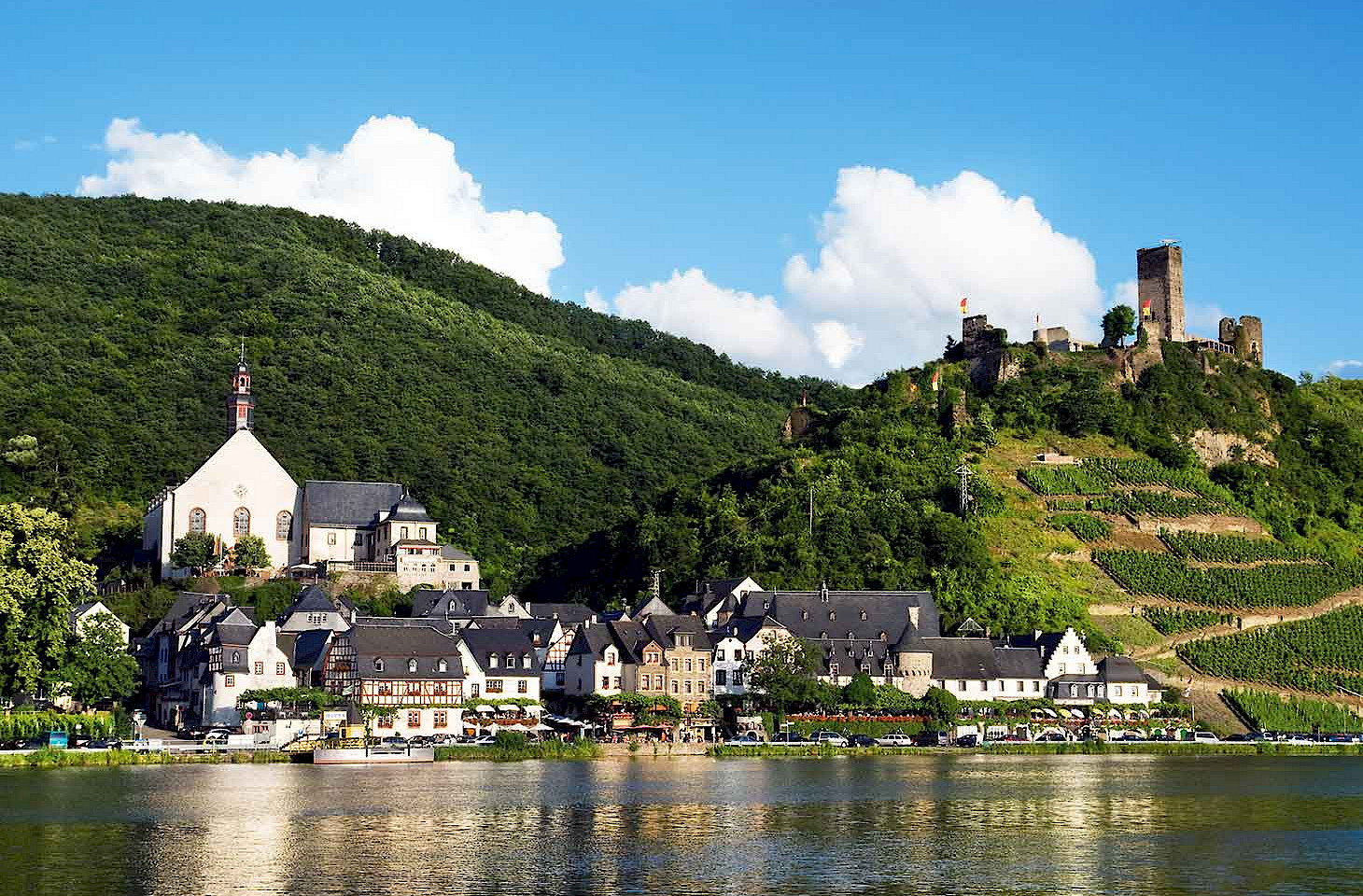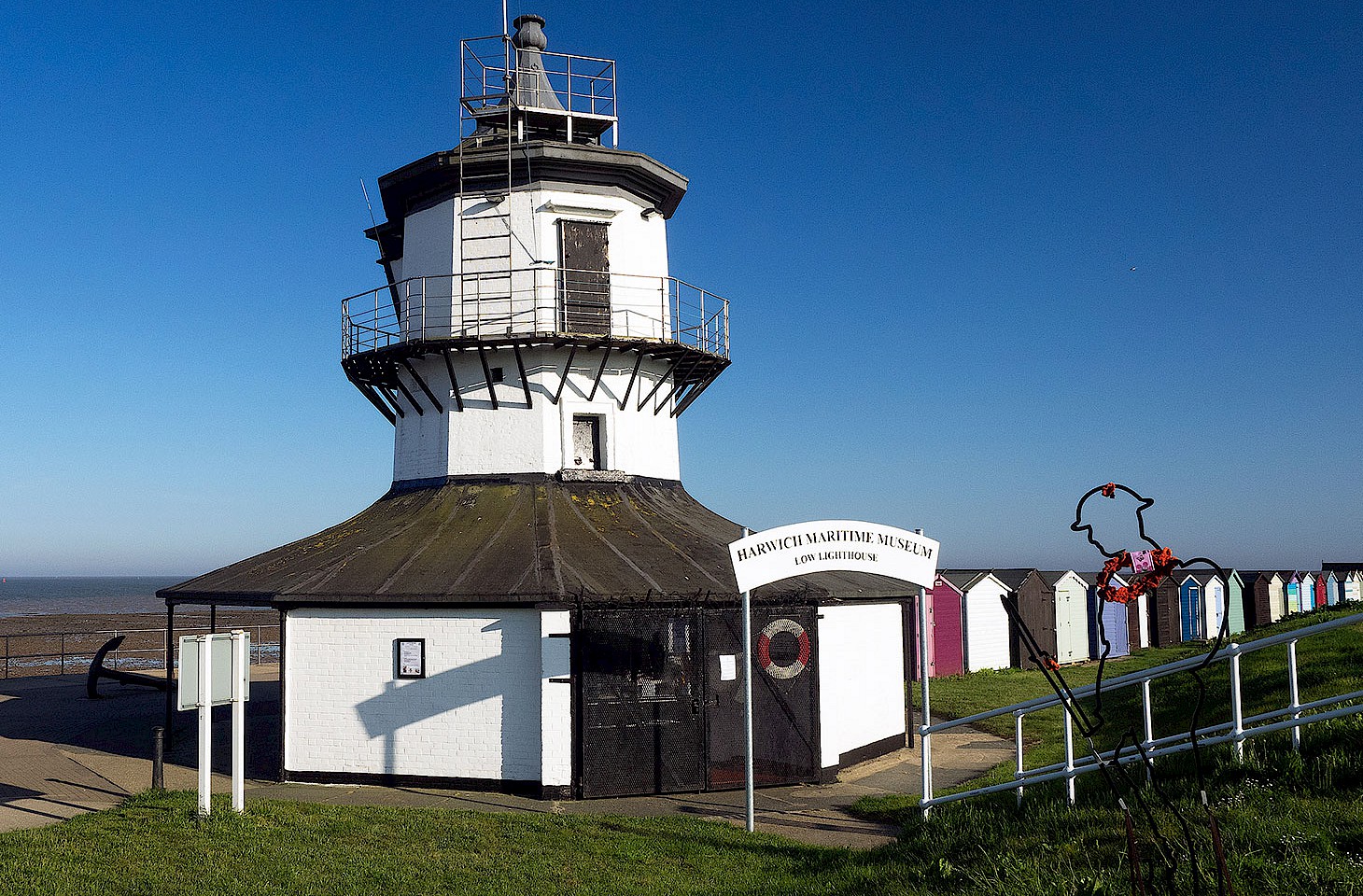Dear fellow travellers,
Do islands stir your soul? A while back, we stopped off in the town of Seahouses on the coast of Northumberland. Just the idea of the Farne Islands a few miles offshore and the whisper of a ticket seller outside a shack by the harbour was enough to have us clamber aboard a boat to go and take a closer look.
Many of our fellow travellers were there for the birds. Thousands of puffins spend their summers on the islands before flying out to spend winter at sea. Then there are the oystercatchers and the arctic terns, the purple sandpipers and the herring gulls. Plus the shags, nesting on the headland. Our captain steered us between the islands as we raised our binoculars to the cliffs.
There were human stories too, told as we picked our way towards Inner Farne. Tales of saints and hermits, and of Grace Darling, daughter of the Longstone Lighthouse keeper, who braved the stormy seas to save nine lives from the wreckage of a boat in 1836. A legend was born, and daytrippers - our predecessors - began making sightseeing trips to the islands while Grace was still alive. She died only four years later at the age of 26, but is remembered today in story and song, and through the crackly microphone on our boat as it crested the waves.
We tried to picture Grace and her father, alone on the islands, trying to keep the boats in the darkness safe from the dangers of the rocky shores. Once on Inner Farne, we met the wardens who told us about the weeks when the weather is so severe that no supplies can be collected from the mainland and they have to raid their emergency supplies.
“We eat a lot of tinned beans and play a lot of card games,” one of them said, with a wry smile.
In a strange way, being stuck on the island did not sound unappealing. What is it about islands that so powerfully fuels our imagination? The idea of being cut off from the mainland might only be attractive from a distance (and with a full fridge), but it is undoubtedly true that for many the appeal of islands is the idea of leaving a turbulent and troubling world behind.
In the introduction to his book The Age of Islands, Alastair Bonnett elaborates on his title:
This is the age of islands. New islands are being built in numbers and on a scale never seen before. Islands are also disappearing: inundated by rising seas and dissolving into archipelagos.
The wealthy have always shut themselves off by surrounding themselves by water, so much so that entire island chains have risen from the seabed in the Arabian Gulf.
But however much we might like the idea of escape, Bonnett reminds us that the world has a way of intruding even on the most isolated of outcrops. On Inner Farne, the wardens explained how the bird counts give them an understanding of what is happening to our seas and the environment around us. Migration patterns disrupted. Fish stocks depleted. Recently, a bird flu outbreak barred boats from landing on the island for two years. That bout of bird flu resulted in the death of nearly ten thousand birds.
It is a reminder that, although we might like to think of an island as a place contained, even a place apart, it is not possible to completely escape from the realities of what is happening beyond the beach and the cliff, and across the waves.
These are themes which over nearly twenty years we featured time and again in hidden europe magazine. So I have selected three of my favourite island-themed articles from the archive and they are today being made available on this website. The articles report from the Outer Hebrides, the Baltic island of Gotland and Norway’s Lofoten archipelago.
Enjoy your summer travels. My colleagues Nicky and Susanne will be back later this month with another Letter from Europe as the full text of four more articles which were published in hidden europe magazine will be released.
Paul Scraton




